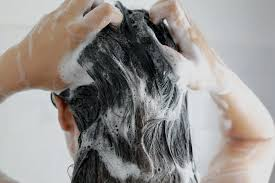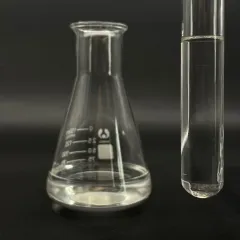Professional Premium Aluminum Oxide Products Supplier
Betaine surfactants
It is produced by the reaction of fatty tertiary amines and sodium chloroacetate, including cocoylpropyl betaine, dodecyl betaine, cetyl betaine, and lauroyl propyl betaine. It is milder than the very first three and is currently the major surfactant in child shampoo.
In 1940, the American DuPont Business created and applied this sort of compound. Like amino acid surfactants, this type of surfactant has strong detergency and reduced inflammation, and the solution is weakly acidic. Pet experiments have actually shown that this type of compound is less hazardous. It is a suitable surfactant.
( surfactants in shampoos)
Amino acid surfactants
Made from a combination of coconut oil and amino acids, it is secure, mild, and non-irritating. One of the most important thing is that it is naturally weakly acidic and satisfies the pH demands of healthy skin and hair. It is the optimal surfactant in baby shampoo. They are “cocoyl glycine,” “cocoyl glutamate disodium,” etc
From the viewpoint of chemical buildings, its pH value is between 5.5 and 6.5, which is weakly acidic and near the pH worth of human skin. Thus, it is gentle and skin-friendly and ideal for all hair kinds; amino acid surfactants are zwitterionic and quickly soluble in water. It is simple to wash clean.
But it likewise has restrictions. Amino acid surfactants are several to dozens of times extra expensive than average surfactants, and many are shampoos particularly produced babies and kids. The disadvantages of amino acid surfactants are that they are not rich in foam and have weak decontamination ability.
The phenomenon of solidification and turbidity of surfactants in winter is mostly due to the low temperature triggering a few of its elements to crystallize or speed up.
(surfactants in shampoos)
What if surfactant solidifies and ends up being turbid in winter?
This is a physical sensation and does not have a significant influence on the performance of surfactants. In order to fix this issue, the adhering to techniques can be taken:
1. Raise the temperature: Put the surfactant in a warm setting or boost its temperature level by home heating to make sure that the crystallized or sped up components will gradually liquify and the surfactant will go back to a clear state. Nonetheless, it ought to be noted that the temperature level ought to be prevented when heating to stay clear of impacting the surfactant’s performance.
2. Stirring: For surfactants that have strengthened or ended up being turbid, they can be recovered to a consistent state by stirring. Stirring can assist crystallized or sped up ingredients redisperse into the liquid and boost surfactant quality.
3. Add solvent: Sometimes, an appropriate quantity of solvent can be included in water down the surfactant, thus improving its coagulation and turbidity. Nevertheless, the added solvent should be compatible with the surfactant and ought to not affect its usage impact.
Supplier of Surfactant
TRUNNANO is a supplier of surfactant with over 12 years experience in nano-building energy conservation and nanotechnology development. It accepts payment via Credit Card, T/T, West Union and Paypal. Trunnano will ship the goods to customers overseas through FedEx, DHL, by air, or by sea. If you are looking for high-quality SLI-80 Sodium 2-(dodecanoyloxy)ethanesulfonate CAS 7381-01-3, please feel free to contact us and send an inquiry.
Inquiry us


